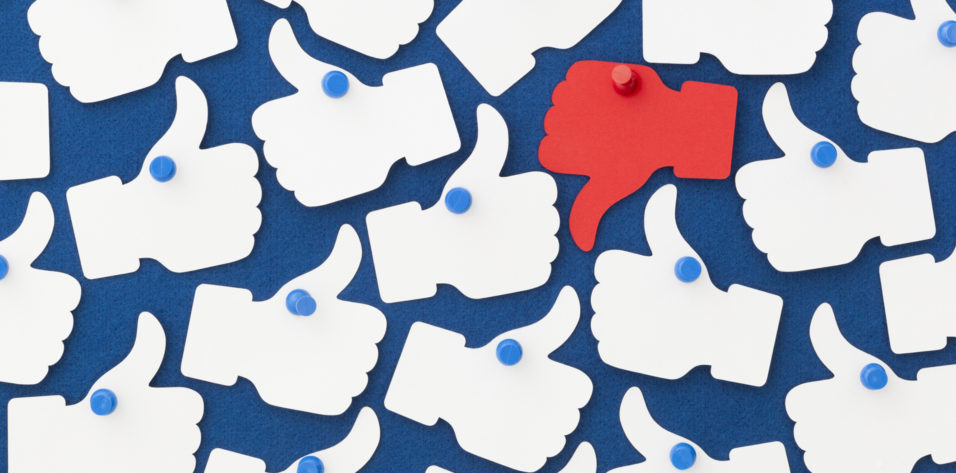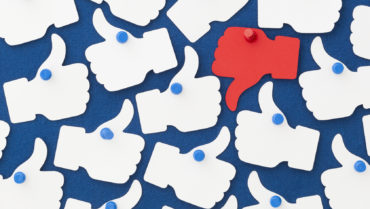
This editorial is my last as chief medical editor of CRST—a position I’ve probably held for too long. CRST is successful because it embraces innovation, change, and new perspectives. It’s time to make room for fresh voices. My sincere thanks go out to the staff and colleagues I’ve worked with over the years whose dedication to excellence is evident in the pages of CRST.
Picking a topic for my final editorial wasn’t easy. Many possibilities came to mind. Is a significant economic downturn looming, and how might it affect our practices? How can we address the myopia epidemic in children? Will autonomous driving alter visual demands? All are important and timely topics, but the relationship between physicians and the public stands out in my mind as paramount.
Physician advertising was banned in the United States for more than 70 years until a 1979 Federal Trade Commission ruling effectively ended its prohibition.1 Soon after, physician advertising began to appear across the country. Today, practice consultants stress that an effective marketing strategy includes social media to reach current and potential patients—the more genuine, raw, and real the interaction, the better. We are told that patients want to see us posting as familiar and almost intimate buddies. Sharing (or oversharing) the mundane daily details of our practice lives with the public comes easily to some, whereas others tend to be more reserved.
Some physicians take their social media strategies to the next level by becoming influencers. This status comes with a large online following and can lead to significant advertising revenue from various social media platforms. As a result, their role as an influencer can begin to rival or eclipse their traditional professional role both financially and otherwise.
Physician influencers are not new. In the May 2015 issue of CRST, I wrote about the phenomenon of Mehmet Oz, MD, a well-trained cardiothoracic surgeon and researcher, and his medical television program, The Dr. Oz Show (click here to read it now). I discussed how a senate subcommittee scolded Dr. Oz for featuring various absurd and unfounded medical claims on his show. Dr. Oz has promoted iridology, talking with spirits, and homeopathy.2,3
When Dr. Oz announced his campaign for US Senate in Pennsylvania, I began receiving emails about the old editorial from strangers outside the world of ophthalmology—I even fielded a few media inquiries. Putting aside his political positions, it is fascinating to observe how Dr. Oz transitioned from practicing surgeon to television host to politician. As the PA Republican nominee, Dr. Oz is one step away from joining the senators who severely chastised him in the past. He has clearly mastered the art of reaching the public, in his case, through traditional media.
Are there dangers for physicians in the world of social media? You bet. Social media can humanize us, but the physician-patient relationship must be kept firmly in mind. Some physicians have been disciplined for offering medical advice to strangers, received HIPAA violations for breaching patient privacy, and experienced other consequences of professional misconduct over social media.4 A recent study of urology residency graduates found that 40% had potentially objectional content publicly visible on social media and about 20% had posted negative comments about patients, including comments describing them as “stupid, lazy, selfish.”5
Humanizing physicians is a positive thing. Part of what makes us effective is our ability to connect with patients. Social media can achieve this with great efficiency.
Boundaries matter, however, even when social media makes them easy to ignore. Many physicians maintain separate professional and personal social media accounts, but all it takes is one offended person within our personal network to disseminate a post publicly. If I ever needed heart surgery, I wouldn’t care what my cardiothoracic surgeon put on their avocado toast that morning. It might make me a bit uneasy to see their social media accounts filled exclusively with an endless stream of late-night partying, but it would give me outright palpitations if they were posting about iridology, contacting spirits, and brewing magic potions.
We typically strive for a frictionless and efficient practice environment. Over the years, CRST has been an excellent resource for achieving this goal. I will leave you with a gentle reminder, however, to pause amid the whirlwind and relish the opportunities to learn about the person seeking your help as a healer in a one-on-one, genuine social interaction. You may find that this slight inefficiency is not only superb marketing but also the most enjoyable part of your day.
Steven J. Dell, MD | Chief Medical Editor
1. Schaffer WA. Physician advertising in the United States since 1980. International Journal of Advertising. 1989;8(1):25-33.
2. Bercovici S. Dr. Oz’s five wackiest medical beliefs. Forbes. January 28, 2013. Accessed June 3, 2022. https://www.forbes.com/sites/jeffbercovici/2013/01/28/dr-ozs-five-wackiest-medical-beliefs/?sh=fe957d91162c
3. Barrett S. Iridology is nonsense. Quackwatch. November 9, 2015. Accessed June 3, 2022. https://quackwatch.org/related/iridology/
4. Ventola CL. Social media and health care professionals: benefits, risks, and best practices. P T. 2014;39(7):491-520.
5. Williamson D. Part II: the perils of social media for doctors. Willaimson Health Law. July 23, 2021. Accessed June 3, 2022. https://williamsonhealthlaw.com/news/part-ii-the-perils-of-social-media-for-doctors




